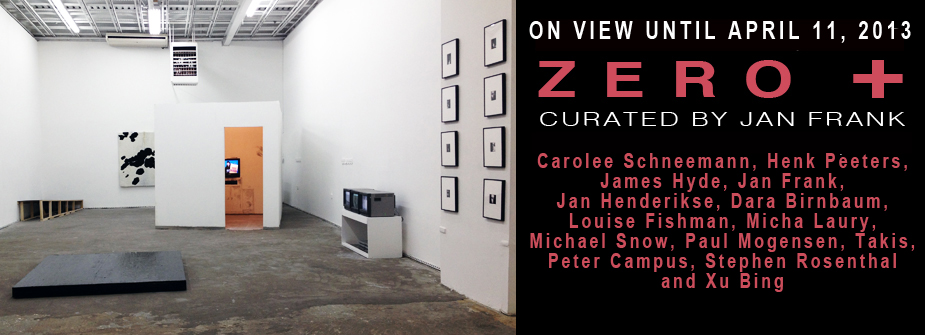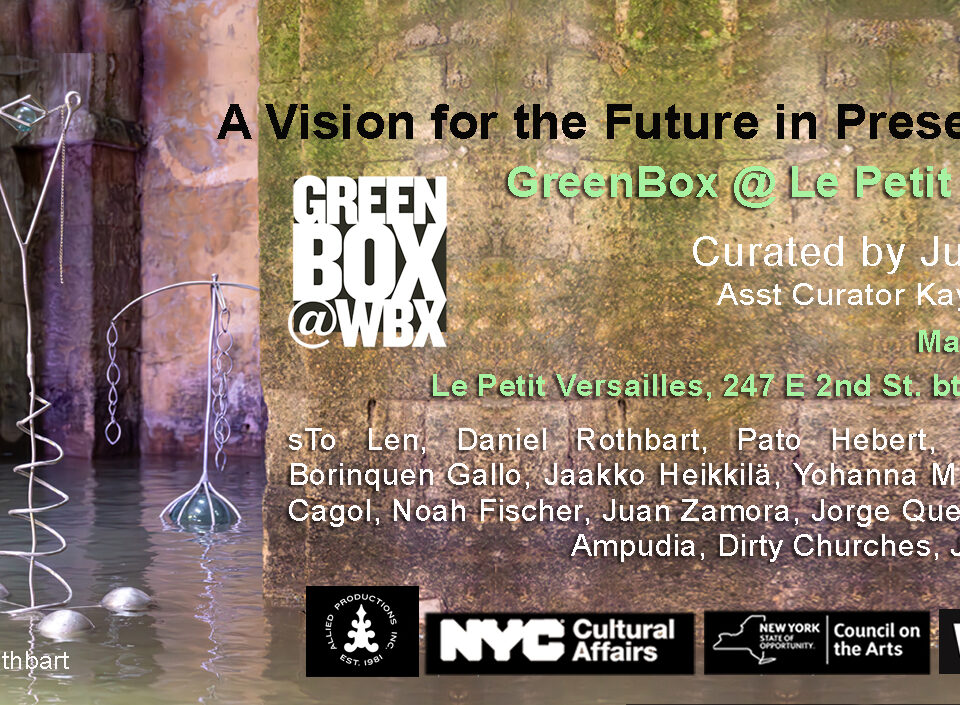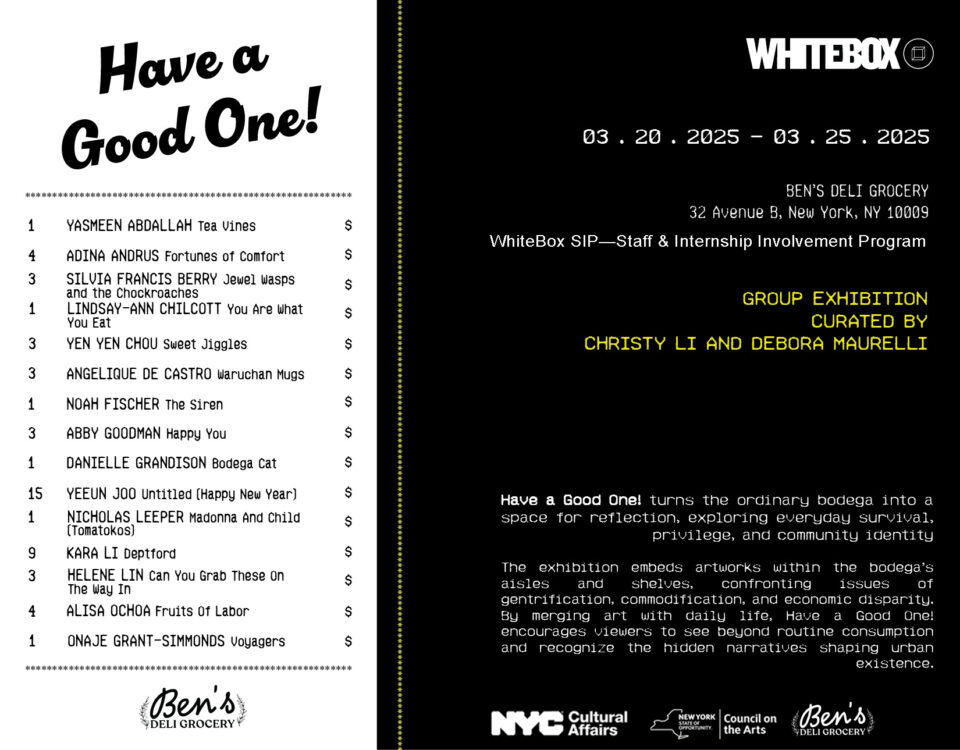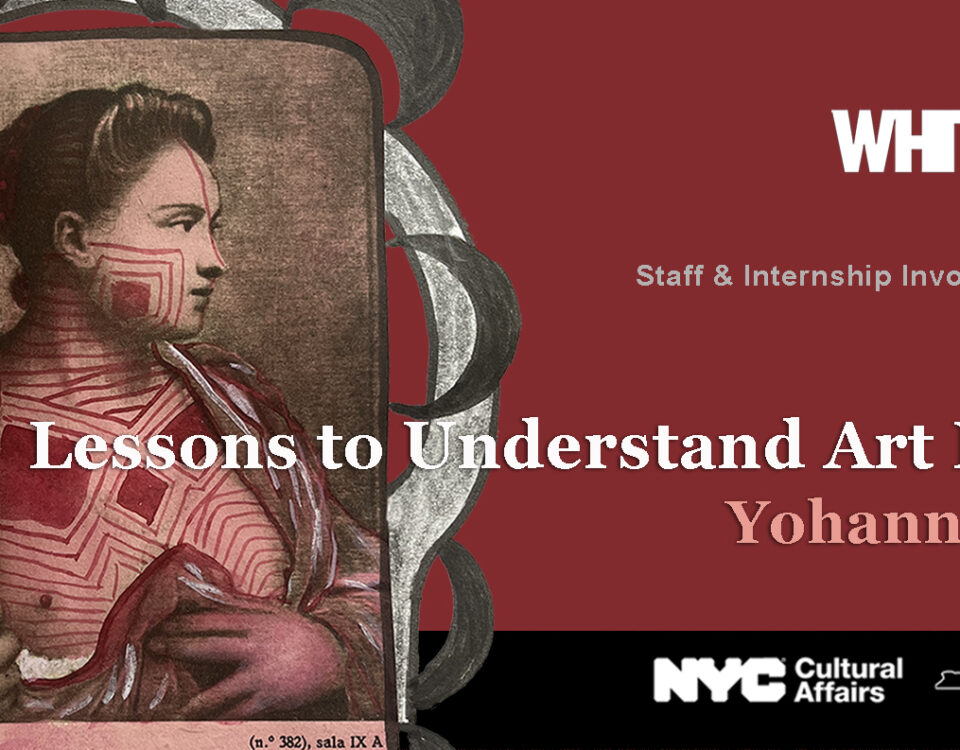BERLESE FUNNEL
February 22, 2013VIEW WHITEBOX’S 2013 SPRING BENEFIT INFOMERCIAL!
April 1, 2013March 5 – 23, 2013 EXTENDED THRU APRIL 11, 2013
Opening Reception: March 10, 5-9pm
CURATED BY JAN FRANK
ORGANIZED BY JUAN PUNTES AND TESSA MOREFIELD
COORDINATED BY ROSALINDA GONZALEZ
Carolee Schneemann | Henk Peeters | James Hyde | Jan Frank | Jan Henderikse | Dara Birnbaum | Louise Fishman | Micha Laury | Michael Snow | Paul Mogensen | Peter Campus | Stephen Rosenthal | Takis | Xu Bing
Art when ‘art’ was art, New York when ‘New York’ was New York – who could resist the powerful pull of such nostalgia, the irresistible lure of such an era? But though at first glance this exhibition seems like a celebration of the cerebral and visceral art world of 1970s Manhattan, it is actually, cunningly much, much more.

The show, as its title so neatly suggests, starts from Zero, the art movement, but as represented by some of its more intriguing participants, not least Jan Henderikse, long-based in New York, whose impressive wall of milk crates blocking the entrance is an immediate statement of resistance if not refusal at the opening of the exhibition, a promise that nothing here should be too easy.
The other Zero artist, Henk Peeters, presents one of his fabled stretched cow hides right at the back of the space, as if in conclusion to that movement, a suggestion of figurative content which refutes it at the same time, its rich texture shifting minimalism toward some promise of luxury.
The black and white of Peeters resonates with the chiarascuro polaroids of Peter Campus and the rich lead tones of both Carl Andre and Stephen Rosenthal, just as the metal plates of Jan Frank’s ramp also echo the simplicity of Andre’s work.
But the crux of the show, her clandestine generator, is to be found in its central work, the built-box of Xu Bing which is simultaneously a sculptural environment, a video installation and a large-scale drawing, its implications radiating out to ring glancing links with the other works around it, not least suggesting that video, sculpture and drawing can be brought together into a coherent single practice.
Thus the video works, especially those seminal and rarely seen experiments by Jan Frank and their accompanying sketches, maintain a sort of uneasy communal identity, a subverted narrative drive somewhere between documentary and performance, again suggesting those forbidden territories just beyond classic ‘Minimalism.’
The delights of such soi disant ‘Minimal’ works, whether the elegance of Rosenthal’s canvas, the mute poetics of Andre’s steel or Mogensen’s eloquent lines, are deliberately offset and heightened by the mutations of Micha Laury with his formal piece of grease or the sly lushness of Louise Fishman’s tondo. The materiality of Laury’s chosen medium and the painterly flourish of Fishman combine in the work by James Hyde, a stained icon of late modernism, suggesting yet another possible position with respect to that high canon.
Yes, many of these works are by artists based here Downtown in that crucial decade before neo-expressionism and new-figuration, before the money and the real estate, before the cynicism and the joke, before the entire circus took over. New York in the 1970s, the last time terms such as ‘honesty’, ‘sincerity’ and ‘integrity’ dared to be bandied without the slightest irony, the last time when making serious art was taken seriously without the word ‘money’ being mentioned. But more than an elegy for that lost era, this exhibition builds from ‘Zero’ and shifts through its long American inheritance to culminate in the moving image, the spoken word, as if a birth into language and movement from the sullen beauty of its blankness.




